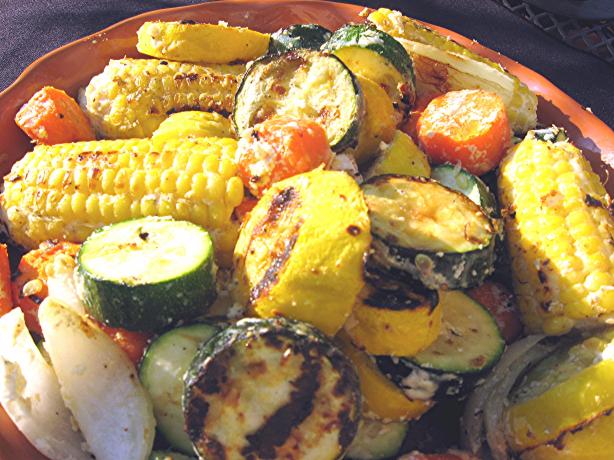
It is important to understand the culinary mechanisms behind a few simple cooking techniques before you begin your journey into the world of Indian cooking, as many would tell you so! These techniques can be used individually in recipes, but more often they are used in unison. By understanding the jargon behind them all, you can ensure the success of your recipes sooner rather than later.
1. Steaming

This refers to cooking the food in its own steam. In olden days, the lid of a cooking pot was sealed to the pot using wheat flour dough, thus ensuring that the steam would not escape. This pot was then placed on hot charcoals, and the dish was allowed to cook. You will notice that many recipes direct you to cover the cooking pot with a lid and reduce the heat to complete the cooking process. This is the modern-day version of dum — it helps the dish retain its aroma and helps the flavors seep in.
2. Tempering

Tempering is the process of seasoning a dish with hot oil seasoned with spices. This can either be done at the beginning or recipe or at the end, depending upon the dish, and involves heating the oil until it is almost smoking, reducing the heat, and then adding the spices to imbibe an immediate dash of flavour into the eventual recipe.
It goes by different names yet, in other parts of the country - Tarka, chowkna or Ghee durust karna all stand for tempering as well.
3. Sautéing

This is the mostly commonly used cooking technique in Indian cooking, and requires sautéing ingredients over a medium to high flame whilst constantly stirring. In the recipes where sautéing is required, you can add a bit of water to the ingredients to keep them from sticking to the pan.
It also allows the ingredients to release their true flavors into the mixture, and to ensure that the ingredients are fully cooked, continue to sauté until the fat begins to separate from the spice mixture or the masala that is being cooked, and your meal will not suffer in the slightest.
4. Grilling

Traditionally, roasting in the Indian kitchen was done in clay ovens called tandoors, hence the title. If a recipe calls for a dish to be marinated prior to grilling, tandoori grilling is the way to go. Make sure to follow the recipe's directions as to how long it should be marinated to ensure that the marinade is able to exude its flavors, and eventually discard any remaining marinade leftover at the end of the process.
5. Deep-Frying

Another key cooking technique used in Indian food is deep-frying. Traditionally, a deep vessel, referred to as a kadai, is used to heat the oil, around which batches of vegetables are fried. The key to deep-frying is to let the oil return to frying temperature between fried batches. Large quantities of oil are not allowed to deep-fry either - the quantity is always just enough to immerse the ingredients, and about 1 or 2 inches of oil is usually sufficient for most dishes.
This post describing five traditional Indian cooking techniques is powered by Soulfull, a South Indian Breakfast manufacturer. Feel free to visit their shopping portal over at soulfull.co.in to explore their wide variety of fills, flakes, and mixes - all available for purchase.





 Conjured upon a stone (and that's what the term 'Kal' stands for), a Kal Dosa makes for an excellent, light snack. Rather simple to make as it doesn't require any Masala or Vegetables; merely salt and Fenugreek seeds suffice to provide a sufficient flavour to this Dosa. The use of Parboiled rice also differentiates it from the other forms of Dosas that you've encountered on your Breakfast tables before.
Conjured upon a stone (and that's what the term 'Kal' stands for), a Kal Dosa makes for an excellent, light snack. Rather simple to make as it doesn't require any Masala or Vegetables; merely salt and Fenugreek seeds suffice to provide a sufficient flavour to this Dosa. The use of Parboiled rice also differentiates it from the other forms of Dosas that you've encountered on your Breakfast tables before. Bread and Rava mixed with yogurt, ginger, onion and green chilli make for a delicious dosa - aptly titled a Bread Dosa! Make sure that the edges of each slice of bread are trimmed though, and add a sufficient volume of water to thin out the batter prior to rolling it out on any conventional frying pan. Should you choose to have more than three of these at a time, we'd say you're hungry!
Bread and Rava mixed with yogurt, ginger, onion and green chilli make for a delicious dosa - aptly titled a Bread Dosa! Make sure that the edges of each slice of bread are trimmed though, and add a sufficient volume of water to thin out the batter prior to rolling it out on any conventional frying pan. Should you choose to have more than three of these at a time, we'd say you're hungry!

-1513.jpg)











